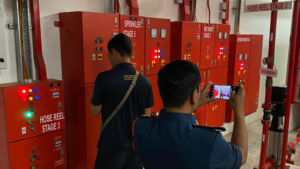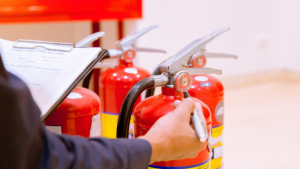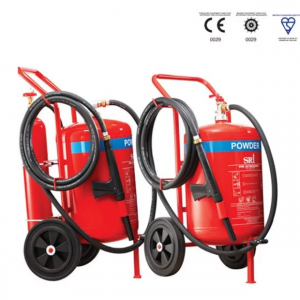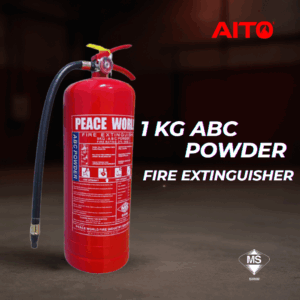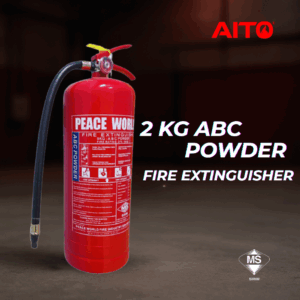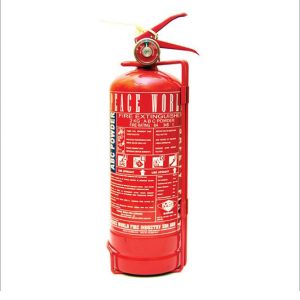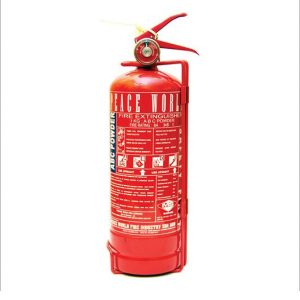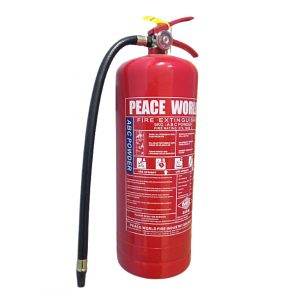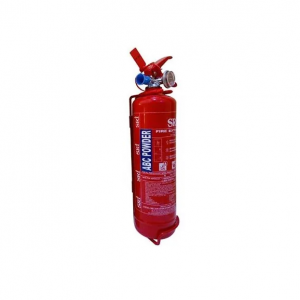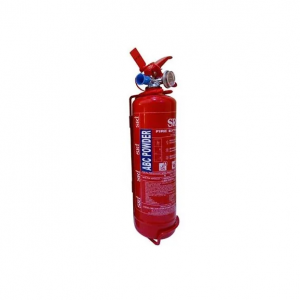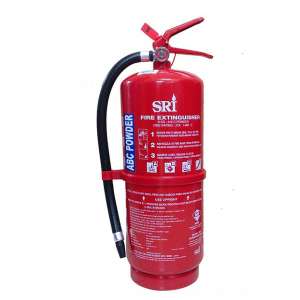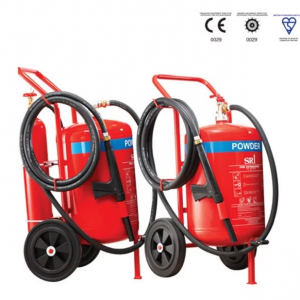How To Use Fire Blanket in Just 5 Easy Steps
A fire blanket is a safety device designed to extinguish incipient (starting) fires. It consists of a sheet of a fire-retardant material which is placed over a fire in order to smother it.
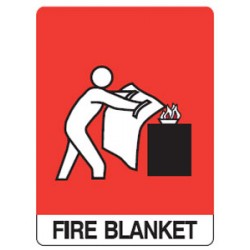
Step 1: Pull Out the Fire Blanket
Locate the blanket, which is typically stored in a bag with two white tabs hanging down. Grasp the tabs firmly and pull them downwards to release the blanket. This will allow you to quickly access the blanket in case of an emergency.
Step 2: Protect Your Hands
To protect your hands from potential burns from flames or smoke, wrap the corners around your hands. Alternatively, you can wear gloves made of heat-resistant fabric or material.
Step 3: Place the Blanket Over the Fire
Securely rolled over your hands, carefully place it over the flames. Lay the blanket gently over the fire, starting from the nearest side and moving inwards. Avoid throwing the blanket from a distance, as this could cause the flames to spread further.
Step 4: Leave for At Least 15 Minutes
Do not attempt to remove until the flames have been completely smothered. Leave the blanket covering the fire for at least 15 minutes to ensure that any remaining embers have been extinguished.
Step 5: Call the Fire Department (BOMBA)
Even if you have successfully extinguished the fire, it is crucial to contact the Fire and Rescue Department (known as Bomba) by dialing 994/112 from a mobile phone. This will ensure that a professional assessment is conducted to verify that there are no remaining heat sources that could potentially reignite the fire.

In conclusion, effectively utilizing a fire safety device involves a series of straightforward steps that prioritize safety and the swift containment of incipient fires. From the initial retrieval of the protective blanket to its careful placement over the flames, followed by a crucial waiting period to guarantee complete extinguishment, these measures ensure a proactive response to emergencies. Additionally, reaching out to the Fire and Rescue Department remains a vital step to ensure a thorough assessment and eliminate any lingering risks of re-ignition.
 BUY NOW |
BUY NOW |  WHATSAPP NOW
WHATSAPP NOW


